An endangered bird vs. domestic cats: Who will win our sympathy?
By now many people know of the negative impact our domestic pets (mainly cats and dogs) have on local wildlife: they hunt and kill anything around our gardens from small birds or mice to frogs, insects and lizards. It is estimated they have caused or contributed to the extinction of 63 animal species and even the IUCN recognises that cats are now among the 1000 most destructive invasive species. However, as cats usually roam free and un-monitored, it is difficult to assess how much damage they are actually doing. Since most cat owners are very attached to and thus protective of their pets, neutral discussions on this topic are very difficult to have. We have posted about this conflict between domestic and wild animals before and you can read up on it here:
This year, a small town in south-eastern Germany has taken an unprecedented step for wildlife conservation by imposing a lockdown for cats to protect a local population of the endangered crested lark.
The crested lark
Crested larks (Galerida cristata) are native to open fields in Eurasia and northern Africa, but like so many other bird species in our agricultural landscape, they have undergone dramatic declines in the last decades. Within Europe they have been lost completely from Sweden, Norway, Luxembourg and Switzerland. While they are globally not threatened according to the IUCN (LINK), their regional status can vary significantly: in Germany it is classed as “threatened with extinction”. Here, every local population and every individual is valuable and important for the continuation of the species.
A big problem is that this species of larks are ground-nesters, meaning their eggs and young are very vulnerable to predators, including our much-beloved domestic cats.
The cat-lockdown
For this reason, the town Walldorf in Baden-Württemberg, Germany has imposed new strict rules for cat owners with the aim of protecting their own local population of crested larks. From April-August (the critical nesting and fledging season) all cats are forbidden from leaving their house on their own and roaming freely. Non-compliance penalties are up to 500€. Cats may only leave the house if on a leash, or equipped with a GPS tracker to prove they are going nowhere near the nesting areas.
Authorities justified this step with the importance of every individual to the population, and the extreme vulnerability of young birds to domestic predators. Many cat-owners were enraged and criticised the new law for ignoring the welfare of their pets. Bird-enthusiasts and environmentalists celebrated the concept as an important step in protecting some of our most endangered and vulnerable species. Heated discussions and protests sprung up, all coming back to some tricky questions in the field of conservation:
How much do we, as a society, value our wildlife?
How much are we willing to sacrifice to protect wild species?
What will the future hold?
Authorities in the town of Walldorf have drawn a new line in favour of wild birds, a novel and pioneering step towards stricter protection of our wildlife. Penalties of 50,000€ for each bird killed by a domestic cat and the plan to repeat the lockdown annually until 2025 are clear signs of a new appreciation of wild species.
While there has been much criticism and backlash about the “cat-curfew”, it could be that such regulations will become more and more necessary if we want to preserve the last of our remaining wildlife.
What do you think? Should we restrict our pets more to benefit wildlife? Where should we draw the line? Cats or birds?
Let us know in the comments below!



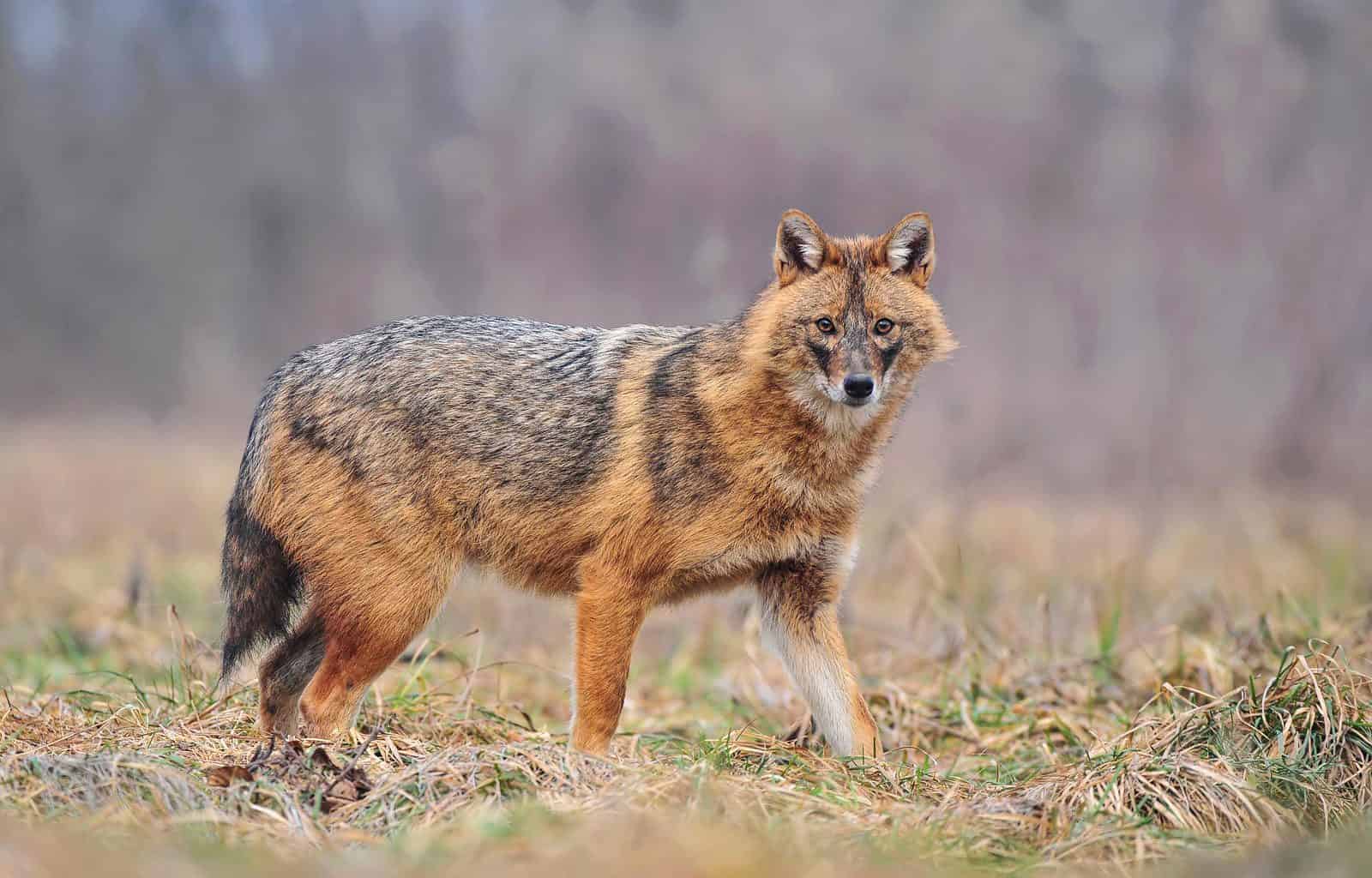

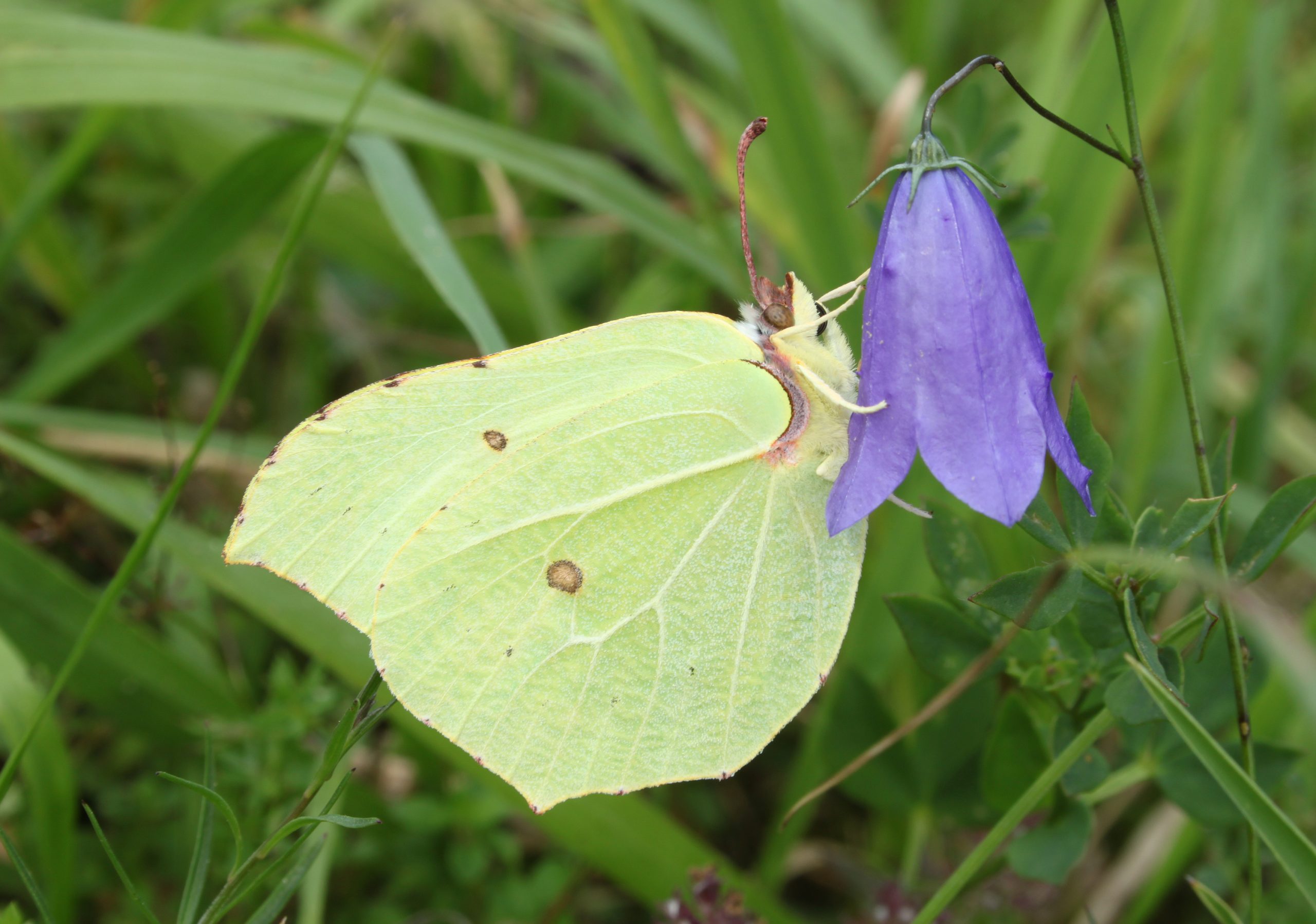
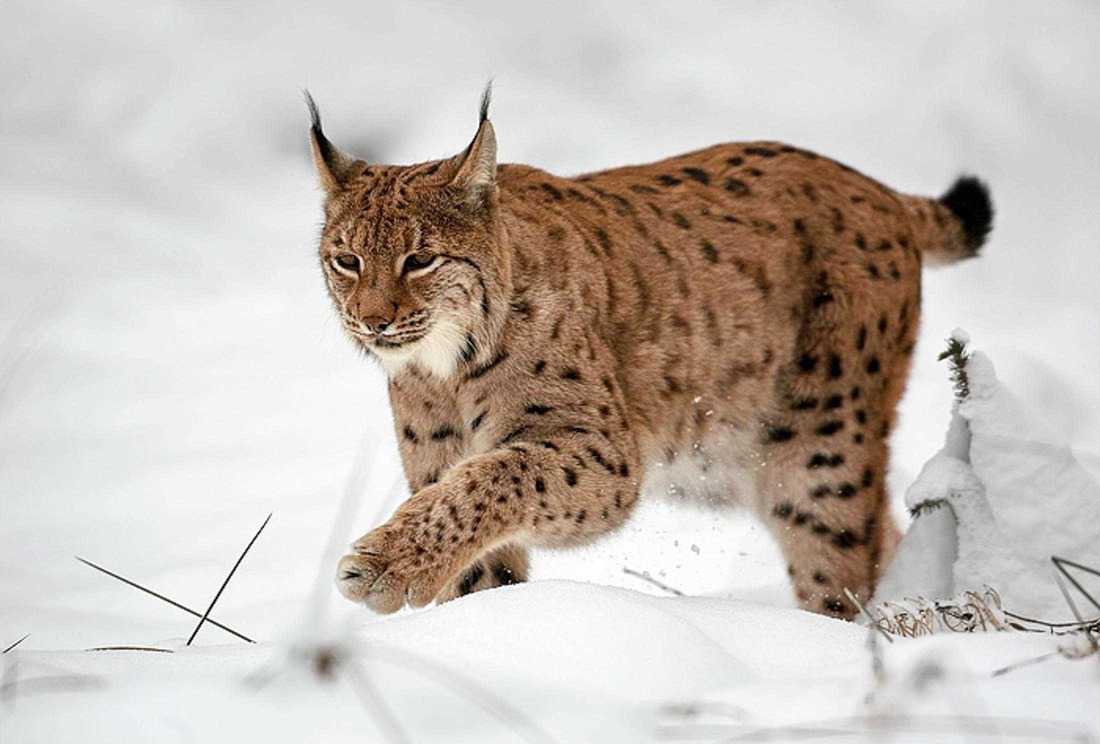
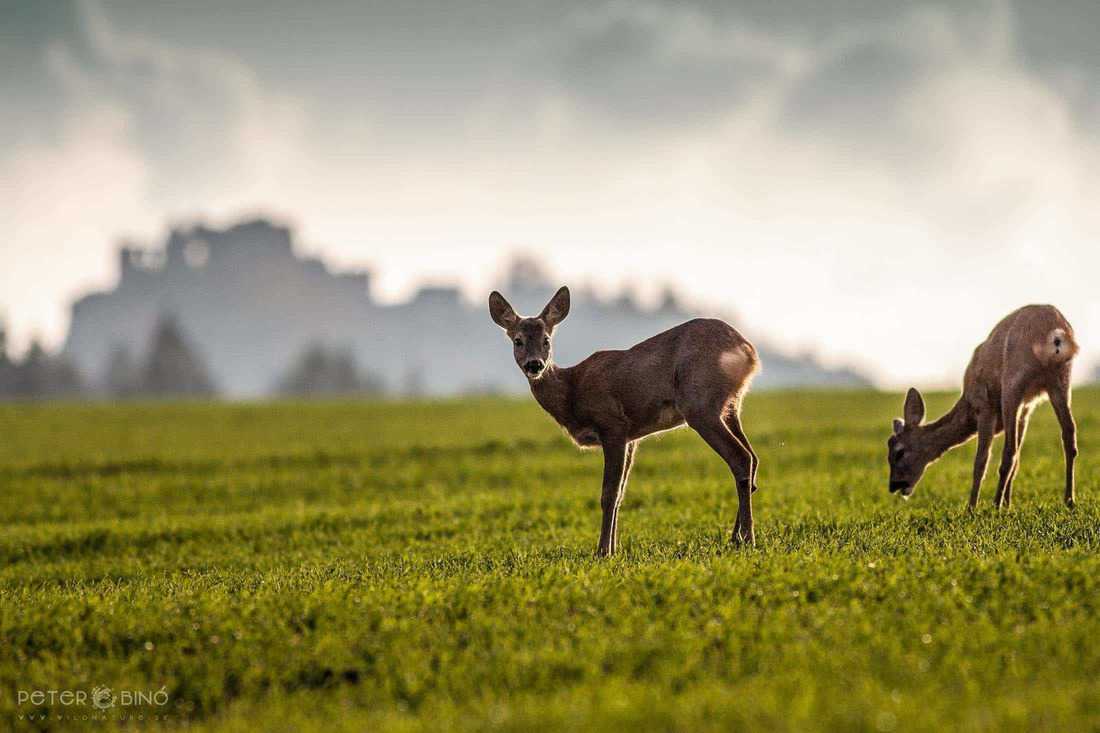
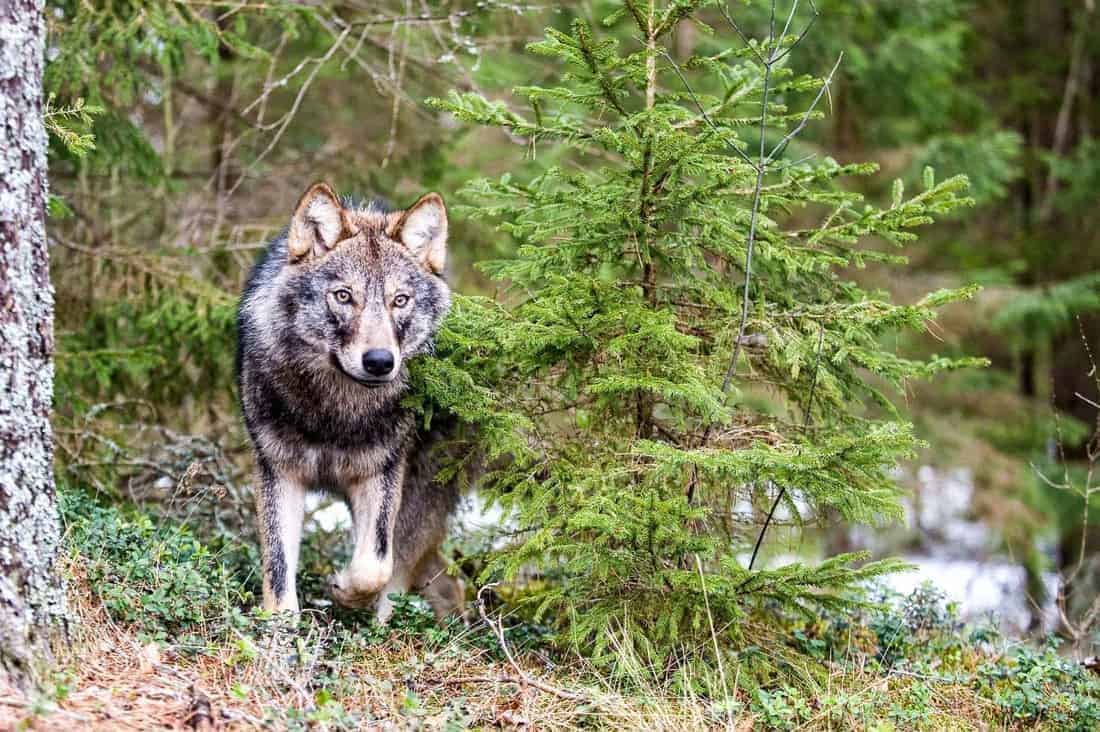
I think this is fantastic. I am a cat lover, but also a nature lover. Domestic cats kill one million songbirds DAILY in the U.S.A. What this town is doing will not only protect the larks, but many other species as well.
In California, it was noted that some canyons in the bluffs next to the subdivisions had rich bird life and some had very few birds. Further study showed canyons with rich bird life had a coyote family with a taste for domestic cats.
Good question! Possibly a collar with an integrated tracker? Certainly not something that is likely to be applied to all cats.
I prefer wild birds. I just wonder what kind of GPS tracking could prevent cat attacks to birds?